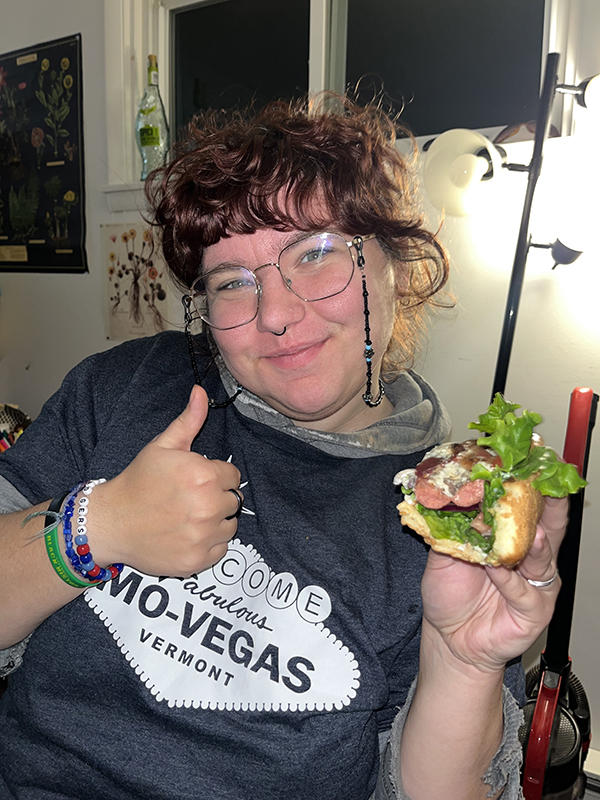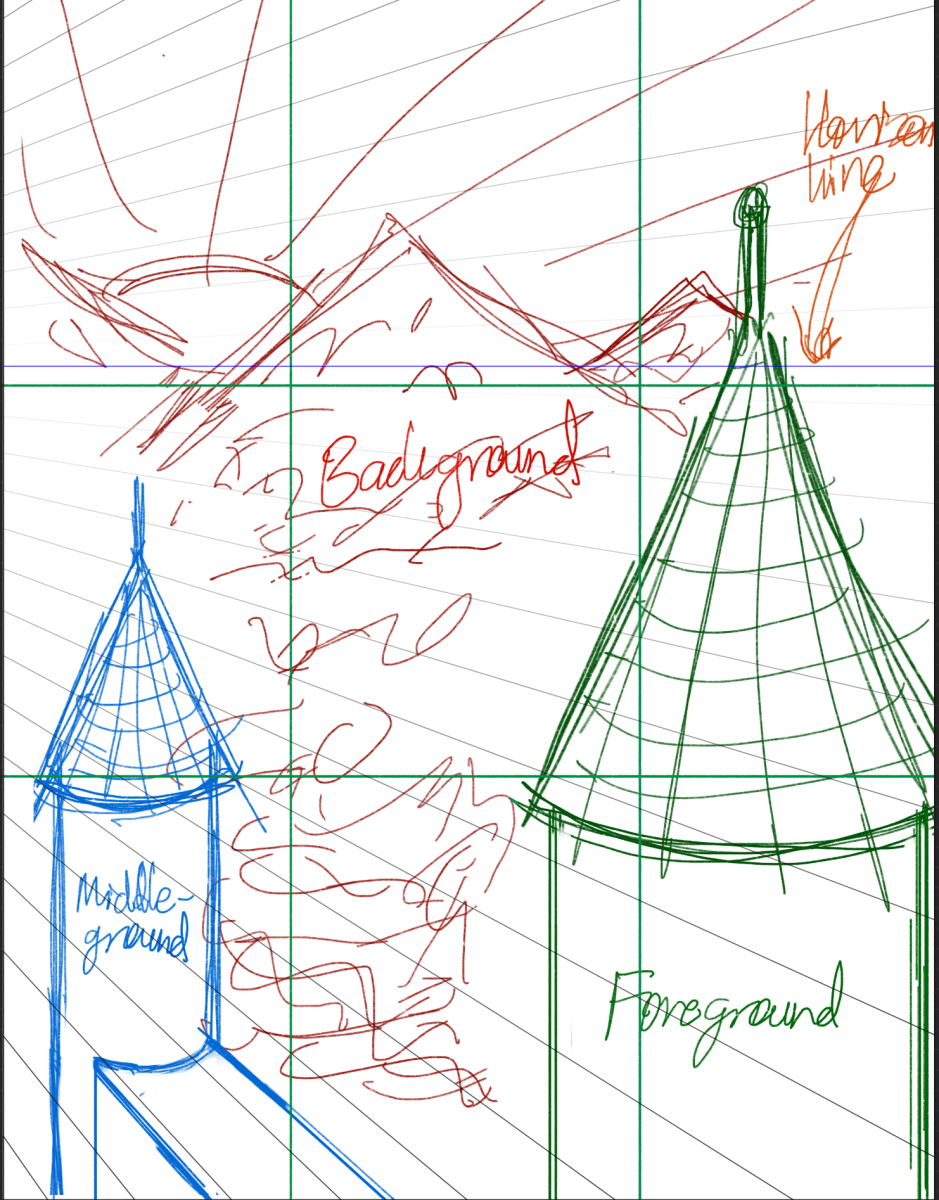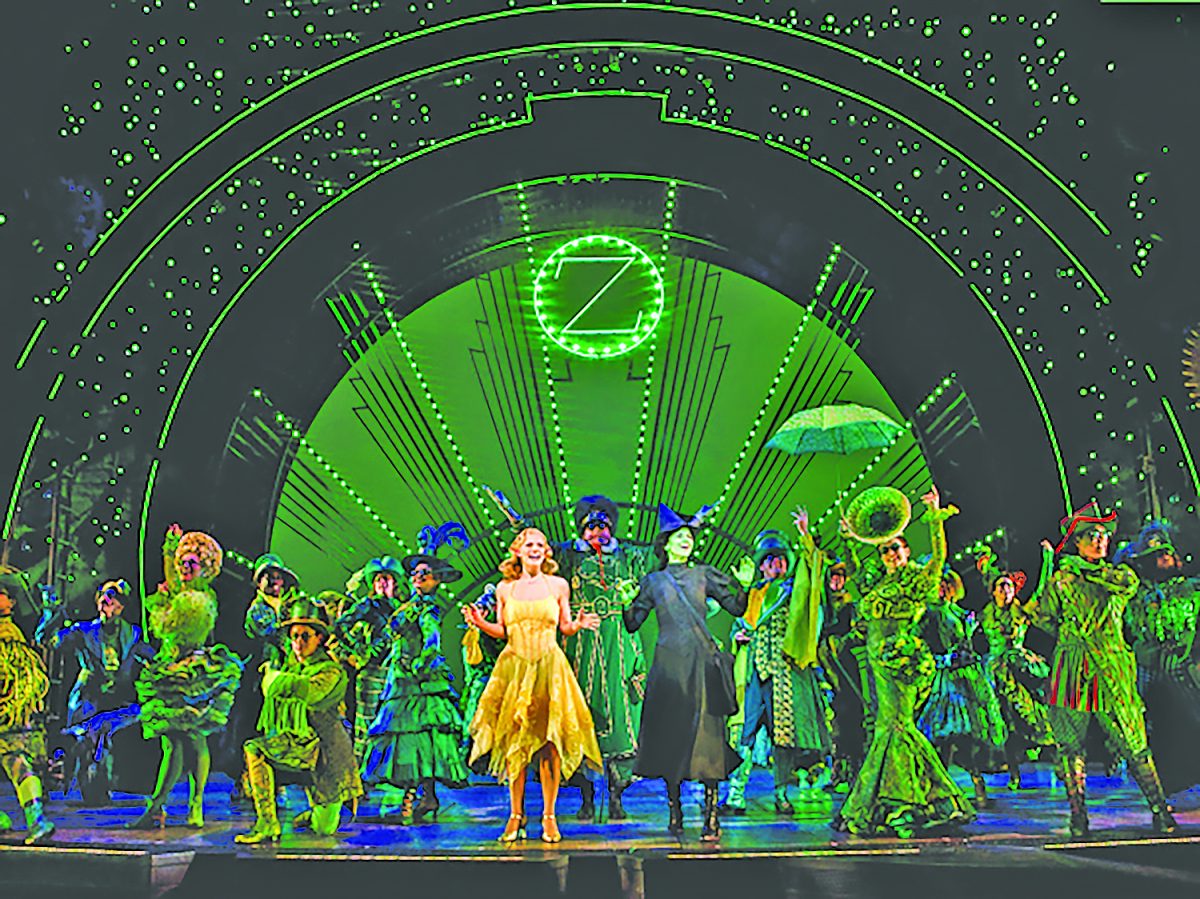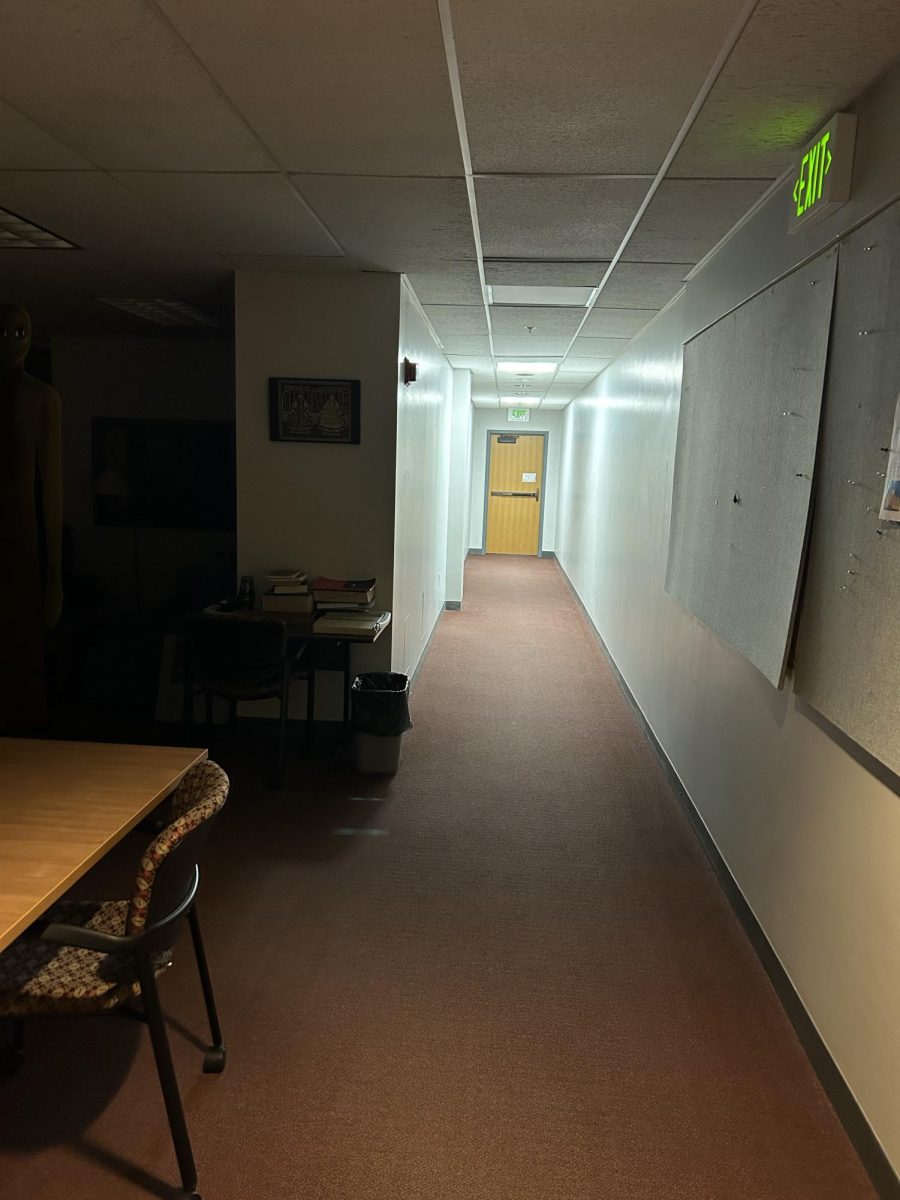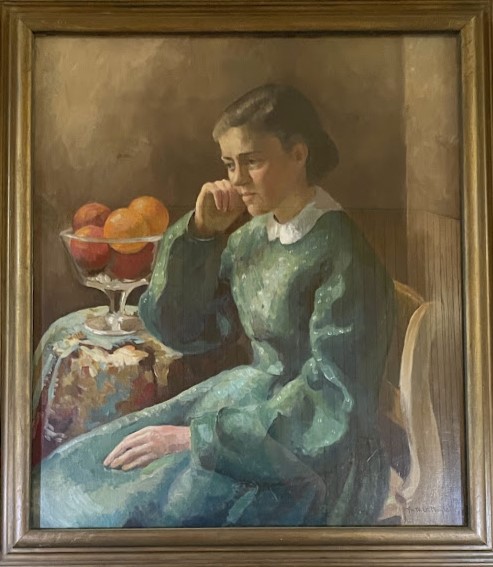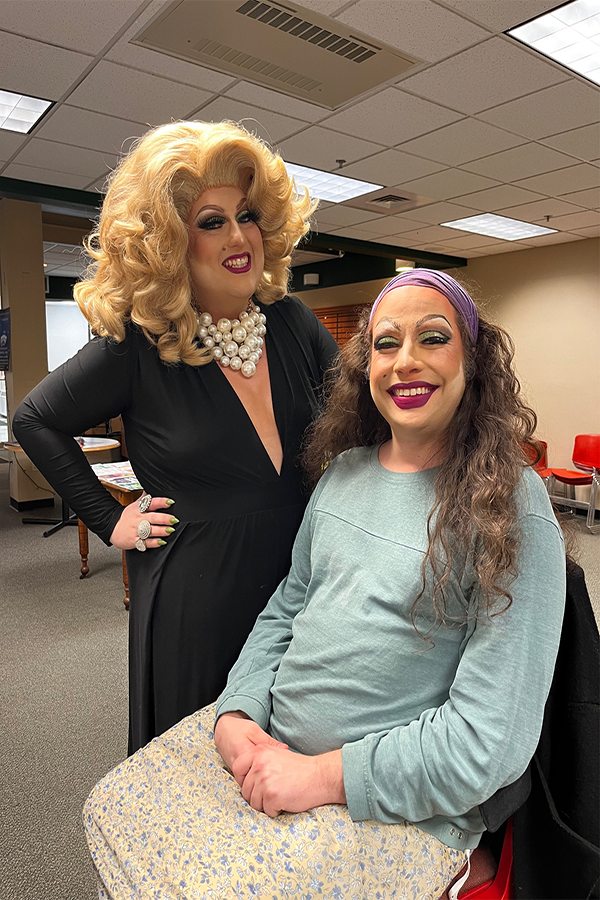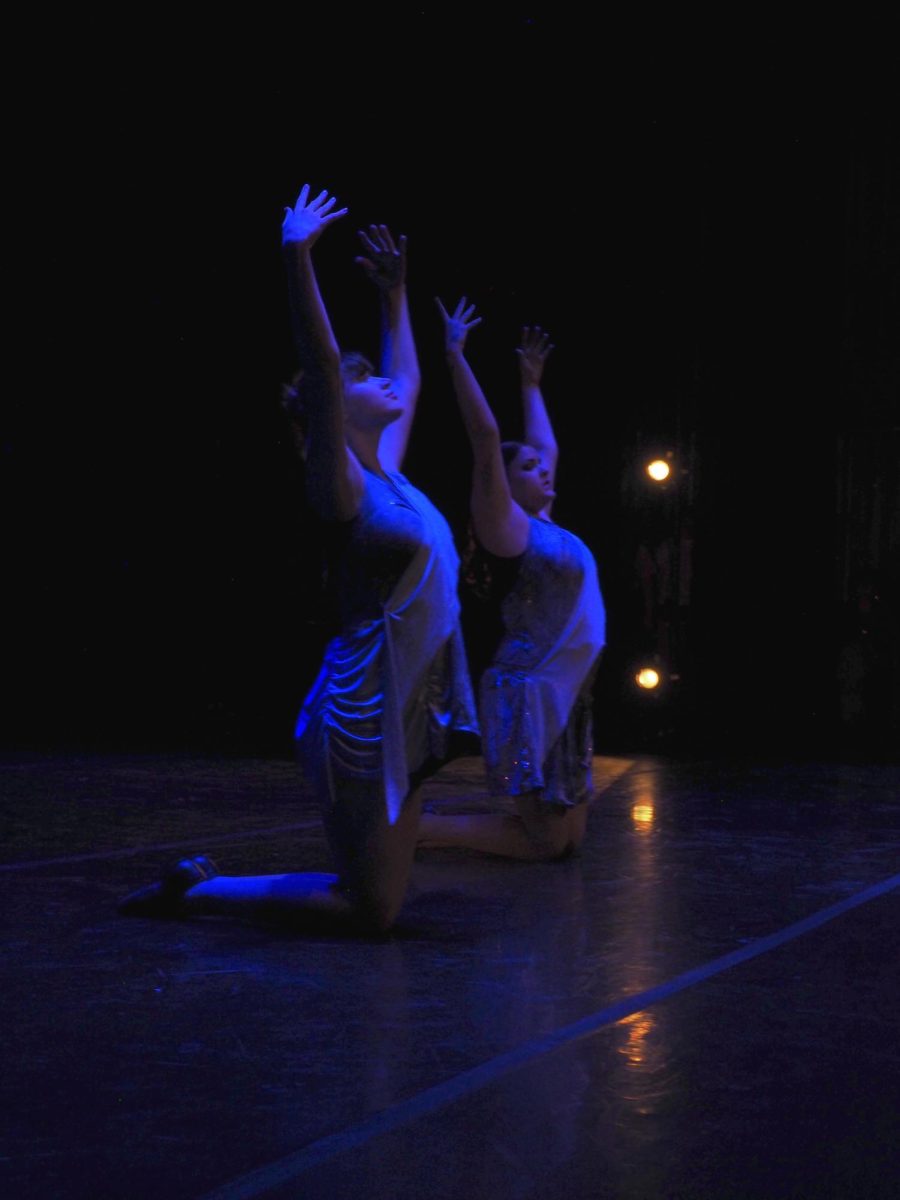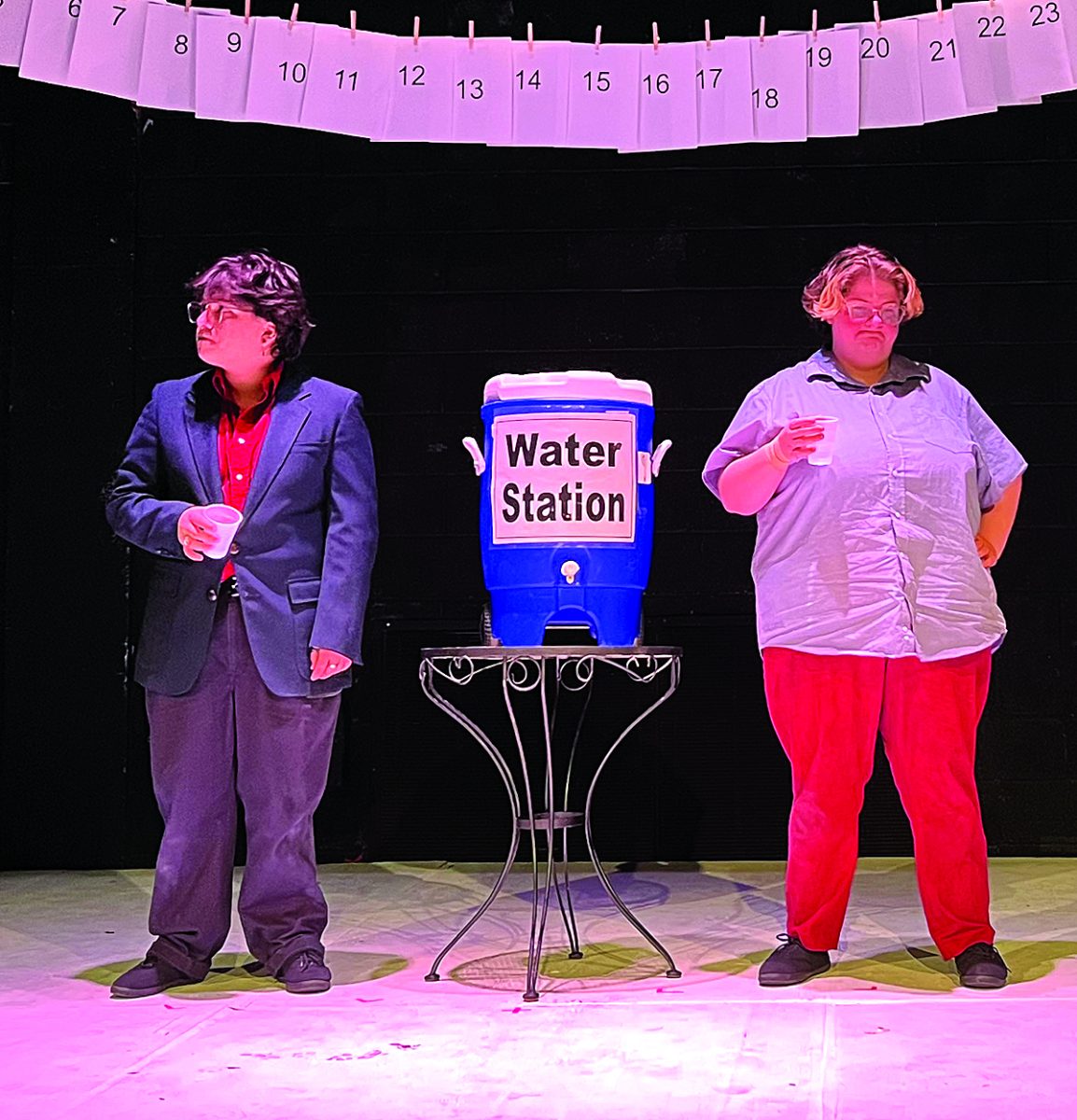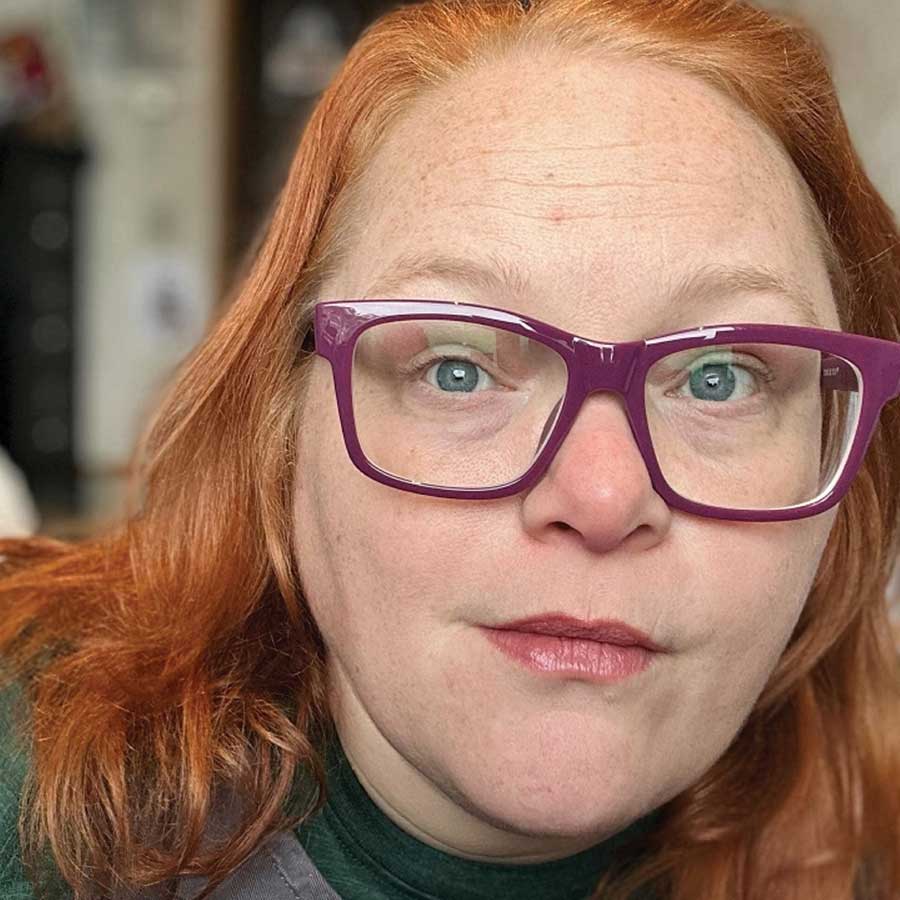Have you ever wanted to have a conversation with a slave from the 1800s? That fantasy became a reality Wednesday, Feb. 29 for those who attended The American Place Theatre’s Literature to Life presentation of Harriet Jacobs’ “Incidents in the Life of a Slave Girl” at Dibden.
This show took a unique approach to telling the story of a slave girl. The American Place Theatre’s Literature to Life program shows “verbatim adaptations” of books – that is, acted readings of literature spoken exactly as the author wrote it. The actor fully embodies the narrator’s emotions and brings the character to life.
“Incidents in the Life of a Slave Girl” gripped me. Not only was actress Cherita Armstrong’s performance as author Harriet Jacobs moving; it also informed me about the difficulty in fleeing slavery and inspired me to read the book.
The event began with an introduction by Erin Ronder, a teaching artist at The American Place Theatre. She explained the context of the book and that the experience would be interactive and then opened a discussion.
This part of the event was off-putting for me. Ronder’s tone was simultaneously condescending and combative. The audience seemed reluctant to answer her questions – many of which, such as “Can anyone guess what this book is about?” or “Can anyone think why a black woman might use a pseudonym?”, felt as if they were being directed to a group of kindergarten children – and when no one provided an answer, she became almost aggressive in trying to pry one out of us. Her attempts to engage the audience in a conversation felt as strained as the audience responses, which she often talked over to repeat her questions, further discouraging people from answering her.
Tension hummed around the theater, but it dissipated shortly after Armstrong entered the nearly empty stage. Her only tools for the 60-minute performance were two stools and her own talents.
And she was talented. Armstrong’s mastery of emotion, voice and posture captivated me. She glided between characters, ages and locations with only a turn of her wrist, a dip in her shoulders, or a catch in her voice. In conversations between Harriet Jacobs and her master Dr. Flint, Armstrong flipped seamlessly from Jacobs to Flint and back with just an accent change and a hand gesture – a loose fist with the palm turned up consistently accompanied the pompous voice of her master.
Armstrong made the whole monologue feel like a dialogue. She looked around at the audience, she gestured to us, and she paused as if waiting for us to respond. It seemed as though she studied groups in conversation to perfect the unconscious motions people make when they speak – how they hold themselves, how their heads swivel, how their faces ask questions they never approach with their words. I felt like I was being talked to, not at.
The story Armstrong delivered to the audience was one of struggle and perseverance. The performed sections from the beginning of “Incidents in the Life of a Slave Girl” related Jacobs’ childhood, how she learned that she was born a slave, her teenage life during which her strife with Dr. Flint began, and her seven years of hiding in an attic crawl space before fleeing to the North.
At one point early in the performance, Armstrong spoke with such joy in her voice and on her face that I couldn’t help but smile back at her. I was sharing her happiness. At other times, Armstrong would pause and look down, as if recollecting her thoughts. Her hands would fly in illustration of her story. By doing this, Armstrong seemed to be truly immersed in Harriet Jacobs’ story, bringing a poignant life to the act.
But there was so much life in the performance that I actually forgot it was an act. Because the stage was so bare and Armstrong’s speech so conversational and emotional, it felt as if the real Harriet Jacobs were in the theater talking to us. Being that deeply convinced by the performance was a treat.
The performance ended with Armstrong walking off stage singing a haunting song. I was chilled. When she moved out of sight and ended her song, the theater was silent. The power of Jacobs’ incredible story mixed with Armstrong’s soulful voice resonated deep inside me. I couldn’t believe an hour had already passed, and I ached for Armstrong to return and continue the story. I wanted to reflect on the amazing combination of literary and theatrical skill that had just unfolded in front of me.
Ronder hardly left me time to process the weight of what I had just seen, however. She stepped up again within 30 seconds and attempted to start another discussion. Again the audience sat on the receiving end of her forced and awkward questions: “So how did it make you feel?” “Do you think Harriet made a difference?” “Can you name any other people that made a difference?” This immediate assault left me feeling cold and unsatisfied. For me, it knocked the entire effect of the performance down.
Luckily, the power wasn’t completely lost. A few minutes later, Harriet Jacobs returned to the stage to take our questions. Not Armstrong, but Harriet Jacobs. Every question posed to the woman on stage related to the life of a slave girl and was answered by the Harriet Jacobs we saw during the performance. Her voice, diction and carriage remained as it had on stage. There was no hint of Cherita Armstrong in the answers. This was a refreshing twist on the usual Q&A session and the audience was much more receptive to interacting with Jacobs than with Ronder.
The total dedication to character displayed was inspiring. The mastery in Armstrong’s performance delighted and touched me. The Life to Literature program did exactly as the name promises: it brought life to the writing and created a visceral reaction. Even with the disruptive pre- and post-show discussions, I would eagerly attend any event presented by The American Place Theatre.


